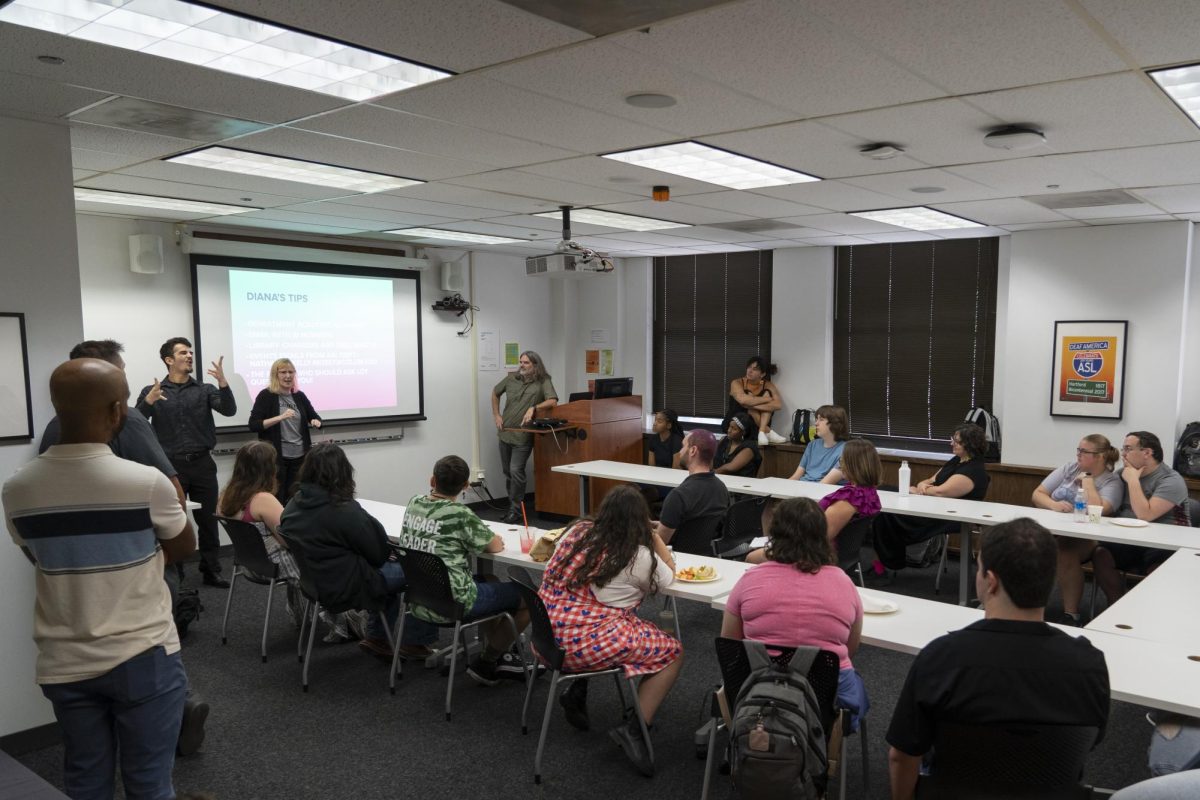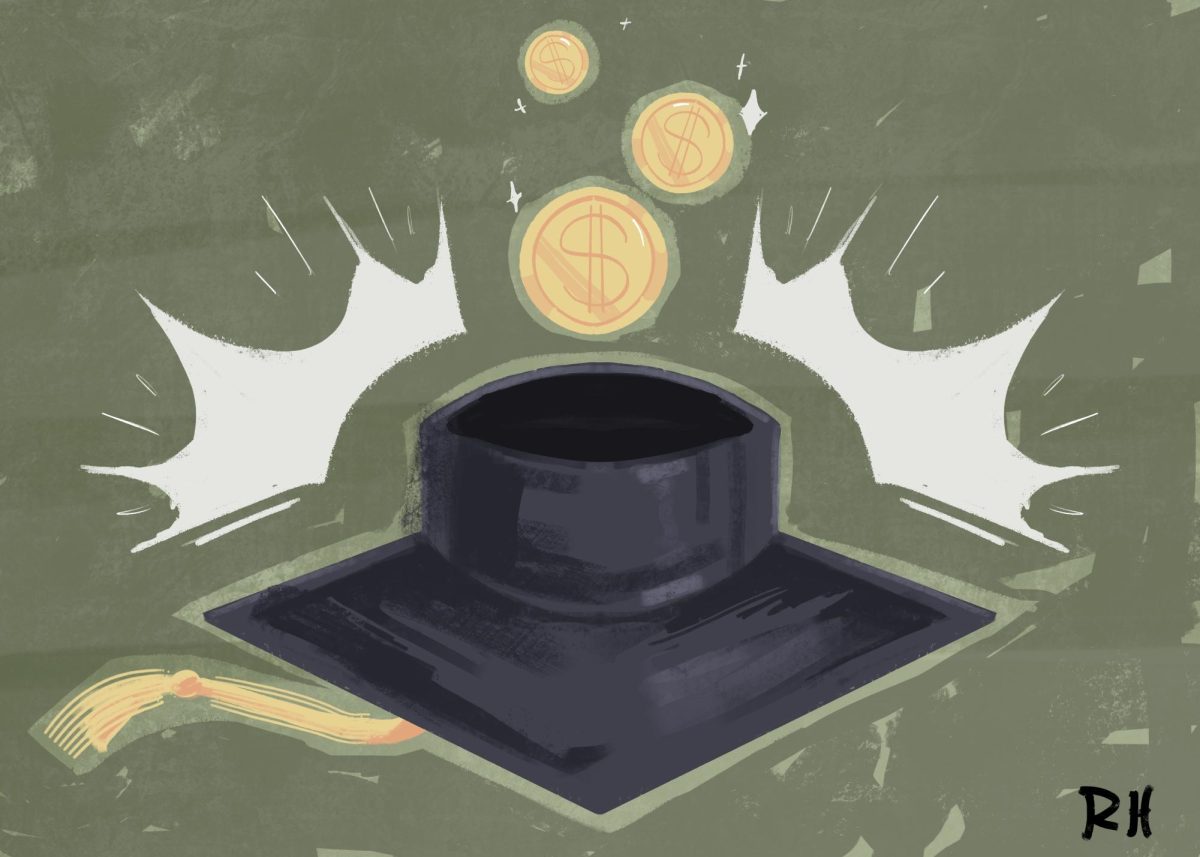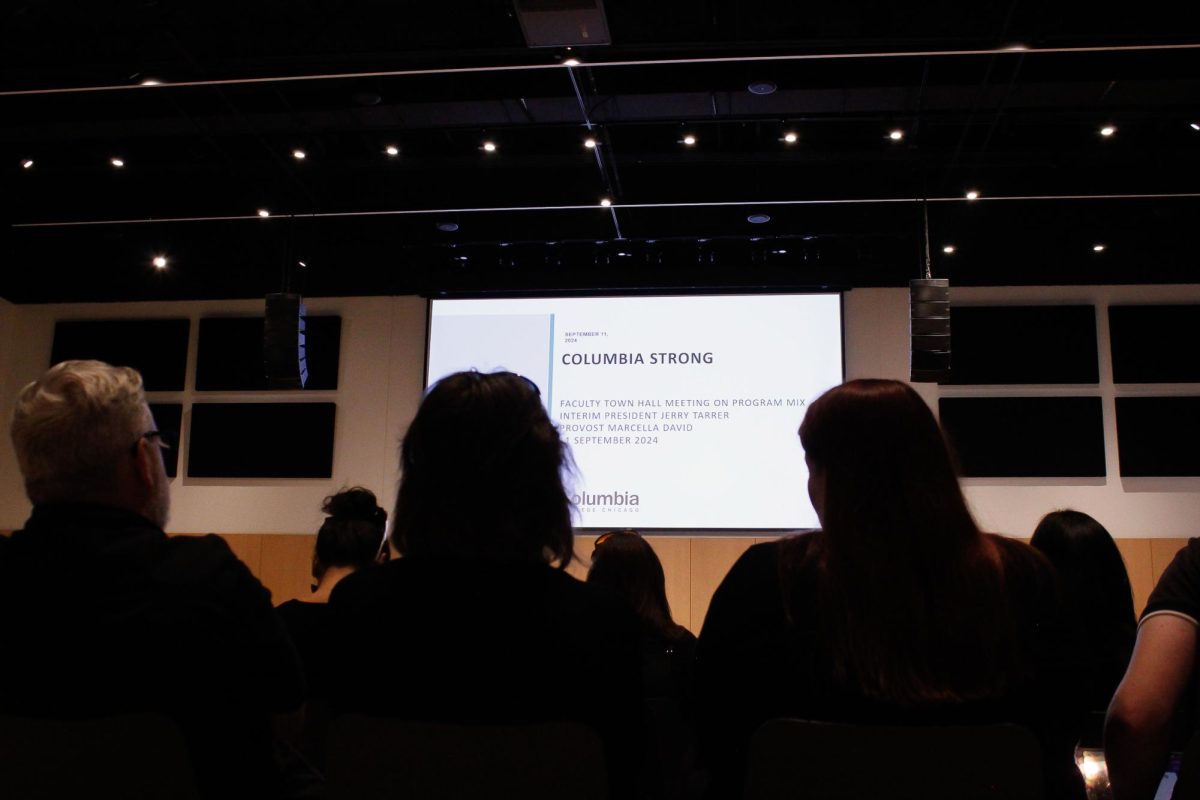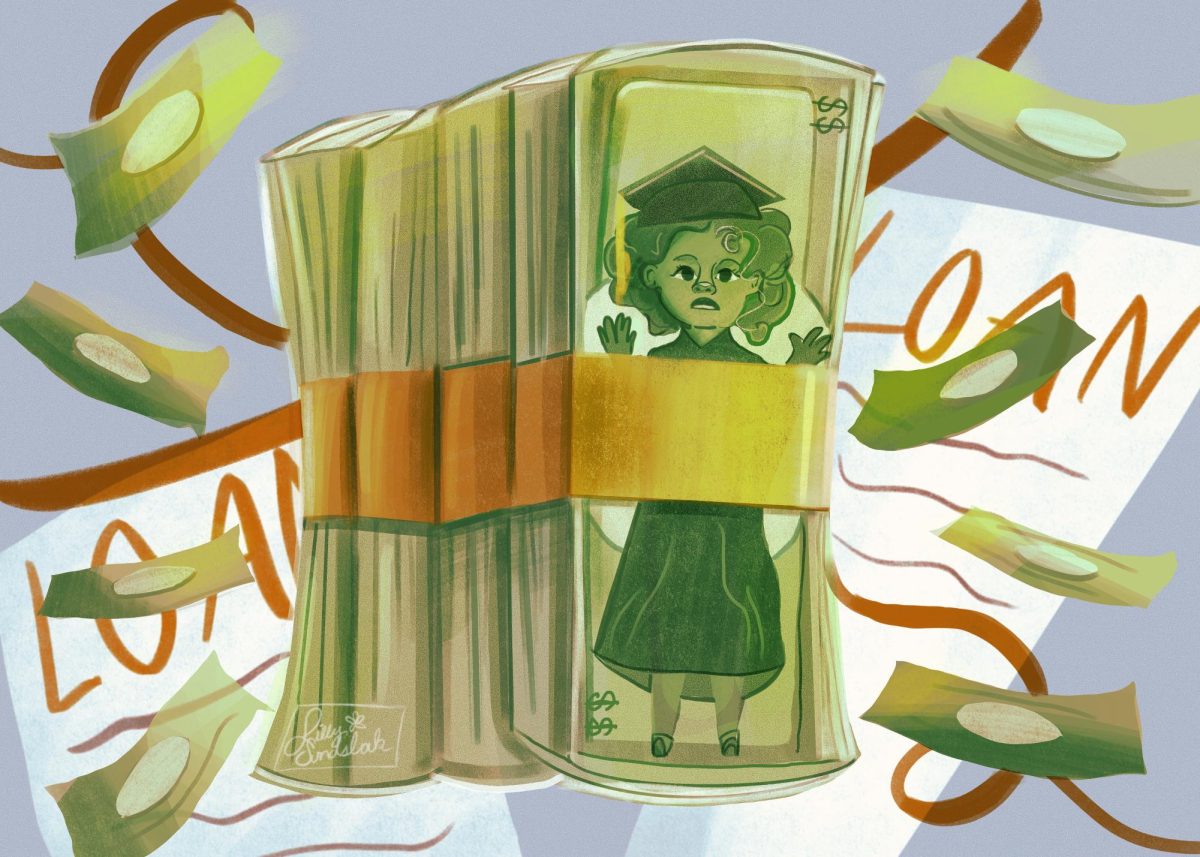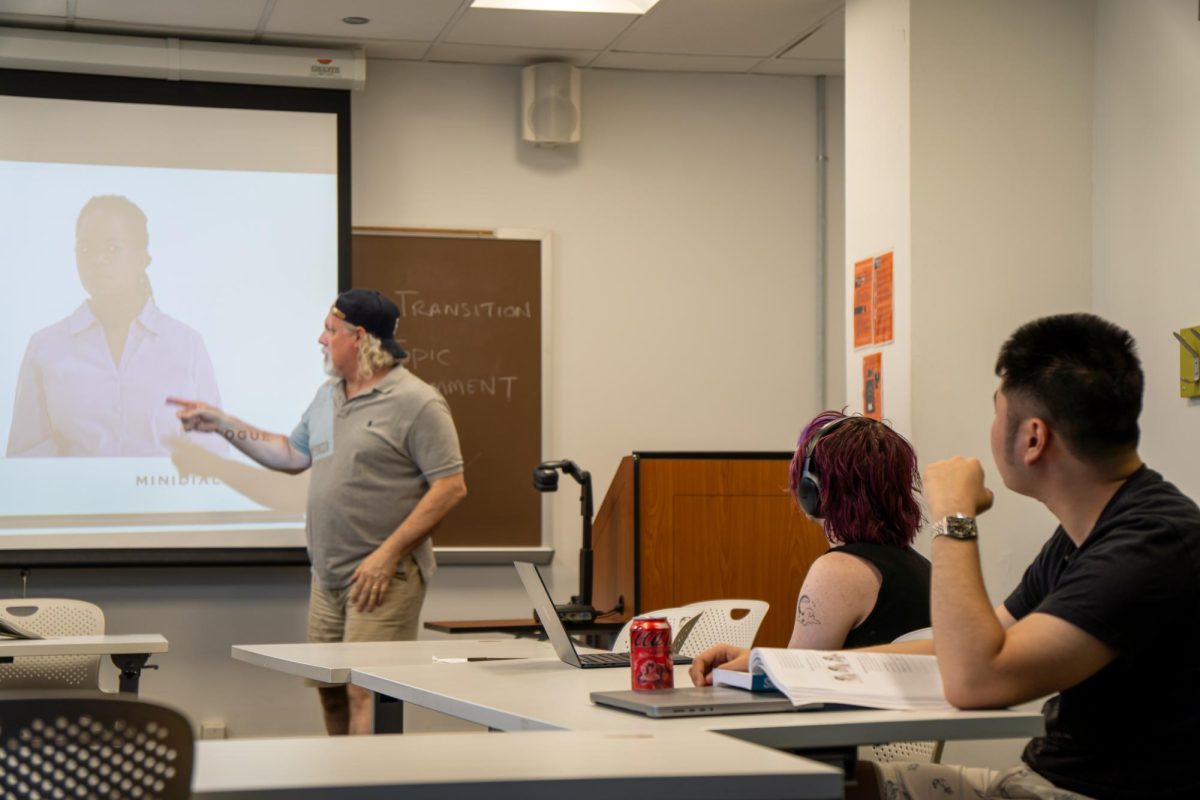Earlier this week, the S&P Global Ratings lowered Columbia’s credit rating from a BBB+ to a BBB- as the college continues to struggle to balance its budget due to the looming $38 million deficit.
S&P Global called the rating’s outlook “negative.”
But what does this mean?
Similar to academic grades, credit ratings consist of a letter on a scale of A to D, sometimes with a plus sign, a minus sign or a number. The higher the grade, the lower the risk.
Just like an individual, an organization with a low credit score would pay higher interest on loans.
“S&P ratings issued for organizations are much like the credit scores issued for individual borrowers and are meant to measure an organization’s creditworthiness,” said Rojhat Avsar, associate professor in the Humanities, History and Social Sciences Department. An “organization with a lower credit rating tends to pay higher interest when it takes out loans or issues bonds, another form of borrowing. An extremely low rating like a ‘D’ may signal that an organization may be nearing bankruptcy.”
Columbia’s downgrade comes as other smaller universities also are seeing rating downgrades.
That is because of what is happening in higher education more generally, with declining enrollments, reduced tuition and other revenues and increased operating costs.
All of this was exacerbated by the COVID-19 pandemic.
Current CFO Jerry Tarrer, who will be interim president after current President and CEO Kwang-Wu Kim departs in July, said this rating can mean it is more expensive to borrow money due to higher interest rates, but the college will not feel direct impact from it because “Columbia does not plan on borrowing money at this time.”
“While our college does have some financial challenges that must be addressed decisively and quickly, this is not one of them – the rating by S&P is a reflection of our fiscal position, not a driver of it,” Tarrer said in a statement sent to the campus community on Friday, April 19.
The college has to message what this all means.
“There is no disputing that some of the sensational headlines associated with the decision by S&P can complicate how prospective students and families view our institution,” he said. “We are communicating with this key audience to make sure they understand this does not put into question our ability to continue delivering education and services to current and incoming students.”
On Tuesday, April 16, concerned faculty and staff questioned Tarrer about the lower rating at the last of four listening sessions to collect feedback on Kim’s draft advisory report, which recommends an administrative restructure of the college, merging or eliminating some programs and laying off full-time faculty with tenure appointments.
Avsar, who is vice president of the Faculty Senate, said despite the college being lowered to a BBB- rating, it signals that “Columbia is financially healthy” despite the downgrade and “can still meet its financial obligations.”
S&P Global Ratings credit analyst Nicholas Fortin attributed the college’s financial slide to the historic part-time faculty strike last fall.
“We believe a recent adjunct faculty strike has caused financial, strategic, and reputational damage that could disrupt the timely implementation of the college’s strategic plan, making stabilizing enrollment and operations difficult over the two-year outlook period,” he said in the analysis.
But it is more than that, Avsar said.
The rating’s downgrade is “linked to the deficit the College has been running and is projected to run for at least two more years.”
The rating will not necessarily affect Columbia in the short-term, but in the long-term the downgrade could have implications when it comes to higher borrowing costs if the college relies heavily on loans.
Tarrer said the downgrade is validation that the college must act to address its financial challenges.
“This will be the focus of the upcoming presidential advisory report and recommendations to the board of trustees,” he said. “I, along with the rest of the cabinet and the broader management team, remain focused on tackling our financial challenges and we are confident in Columbia’s continued ability to be successful.”








